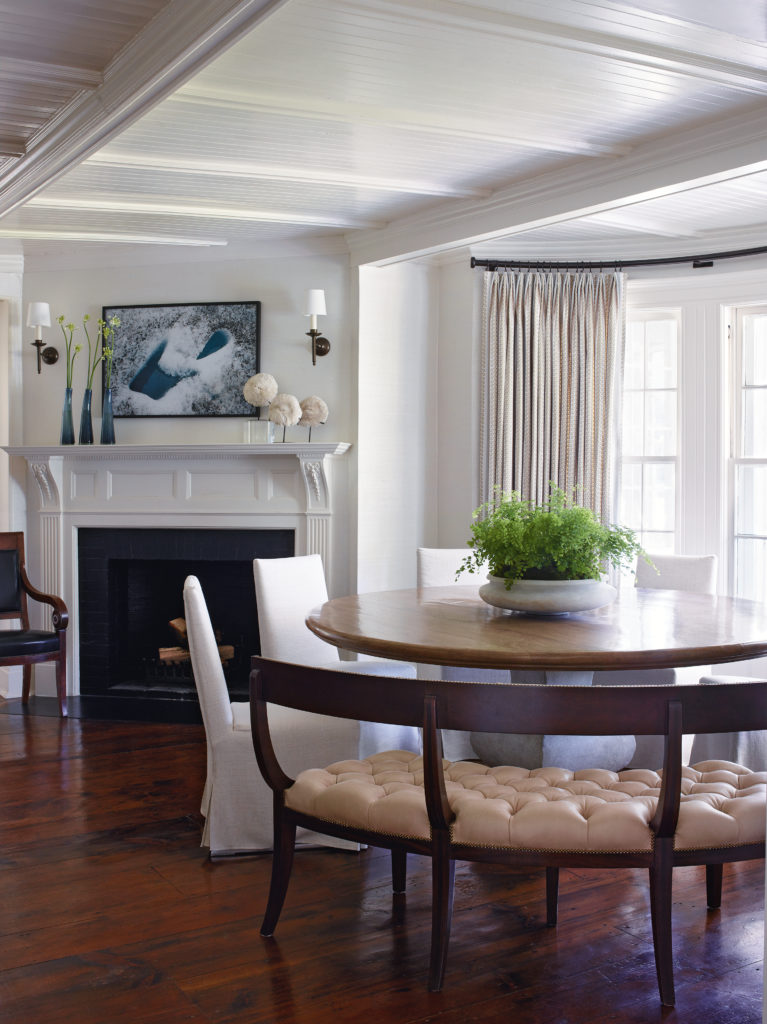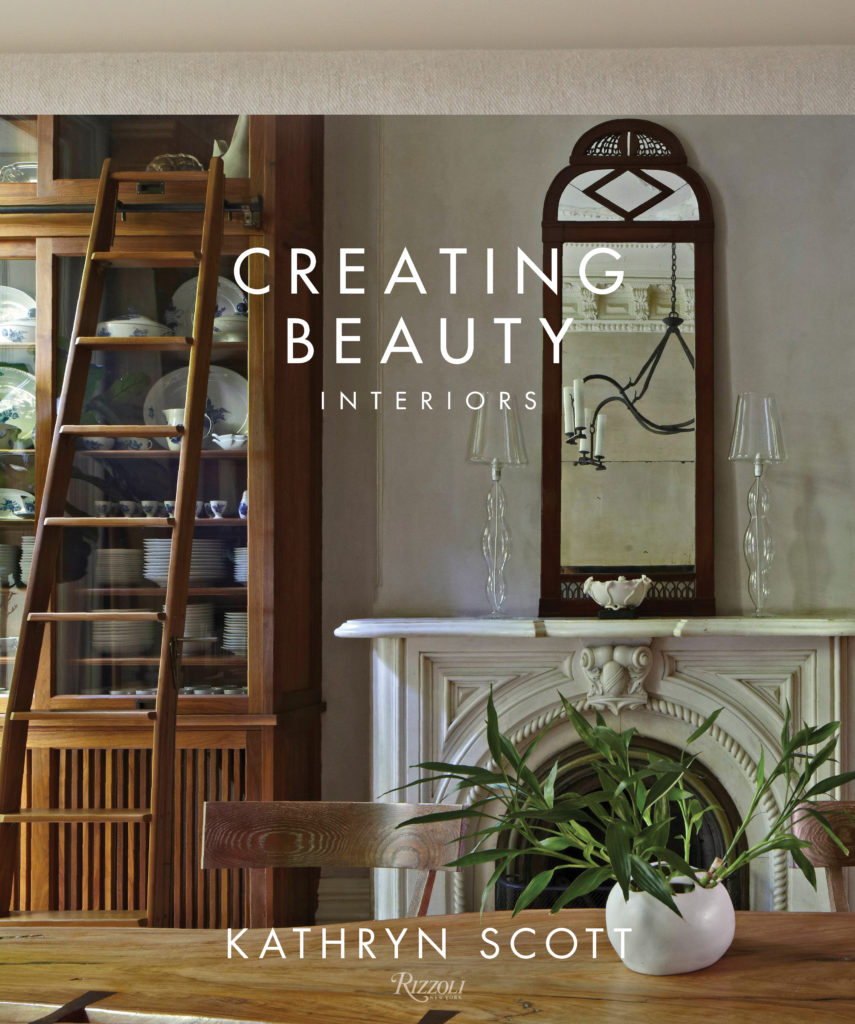
Back in February 2015, the marketing guru Seth Godin published an article on one of my favorite blogs, Contently.com, suggesting, “You Need Editors, Not Brand Managers.” It changed the way I think about marketing and promotion.
The take-away from the article, simply stated, is that we’re living through a revolutionary moment in the way we communicate with each other, share news and information and promote products and services. Social media has upended our reliance on print and television, and offers opportunities for both individuals and brands to advance their goals by developing and disseminating content with relative ease.
The secret to using these new tools successfully, according to Godin, is to develop content that connects with your audience, the people who might become your customers.
In my work as a consultant, I strive to help my clients make these connections. When working with designers, I spend time helping them better understand their brand and their potential customers. This is often simply a matter of “aesthetic forensics”—examining what their work represents and whom it might reach.
Let me give you an example I share with prospective clients who are interior designers.
Imagine you have a keen interest in placing art in interior design; to be more specific, let’s say you love 20th-century works on paper. Presumably, these kinds of works appear in rooms you’ve designed, and feature prominently in your portfolio.
Here’s what I might recommend: research all the auctions, gallery shows, and museum exhibitions over the next 12 months that include works on paper, and make a plan to attend as many as possible. Here’s when the content development becomes important.
If you’ve established an industry blog, I would recommend that you write and publish a review of each event you attend. In that way, you’re telling an organic story of your interest in works on paper to anyone who researches you online. Ideally, your review should include photographs you’ve shot at the event, images of your favorite pieces from the show, and a photograph of yourself in the space.
One important auction on the calendar in New York this spring is Sotheby’s photographs by Ansel Adams. This would be a perfect choice for several reasons. First, Christie’s has 445,000 followers on Facebook, nearly 91,000 followers on Twitter and more than 500,000 followers on Instagram. Second, it’s likely that if you promote Christie’s auction on those three platforms, they’ll return the favor by promoting your content free of charge.
And who are the people who follow Sotheby’s? Many of them are your potential customers, with a strong interest in photography. If they land on your blog to read your review of the Adams auction, they may choose to browse through your design portfolio as well, and appreciate your use of works on paper. Through this shared interest, you may gain a new customer. That’s what I refer to as “Content Connectivity”.
Now, a bit about how to craft content that not only connects with your audience, but also inspires them to share it.
Here I have a catchphrase: “be of service” to your audience. In other words, create content that enriches the lives of your audience and the larger community by offering a bit of your expertise. This is where I’ve been known to say, “Your ego is not your amigo.” Talking about yourself incessantly turns people off; like a bore at a dinner party, people eventually stop hearing you. Make your content about your audience, not about you.
So, how can you be of service to your audience? I have a four-point strategy: educate, solve, promote, and entertain.
Taking the Ansel Adams auction as an example, you might;
- Educate your audience. Share a bit of biographical information about Adams and his career in photography. Perhaps place him in the context of the art of the American Southwest, and explore his relationships with other artists such as Orville Cox, Georgia O’Keeffe, and Edward Curtis.
- Take the opportunity to solve a problem. As the works in the Christie’s auction are large-scale, you might choose to offer your expertise on how to best hang large-scale artworks, or how to best incorporate black-and-white photography into a color scheme.
- Promote something of value. Review the auction lots in advance if you can gain access to the sale preview. Because you’ve had experience with placing Adams’ work before, you might find a special photograph that’s got a low estimate, a rare image, or something iconic that’s not often seen at auction.
- Entertain. Tell a story. We all have a wealth of history to draw upon; take the opportunity to share an anecdote about your first experience with an Ansel Adams work. Perhaps you were in design school and traveled to MoMA, where you first saw his work in person. Write about that experience.
Let me sum it up for you. When I think about the importance of crafting branded content and sharing it across social platforms, I’m reminded of a designer I met with a few years ago who said “I don’t need to be on social media; I don’t really care about what my friends are having to eat.” And on some level, I understood his reluctance. But carefully considered and well-crafted content could connect you with a client, and that might pay for your lunch.











